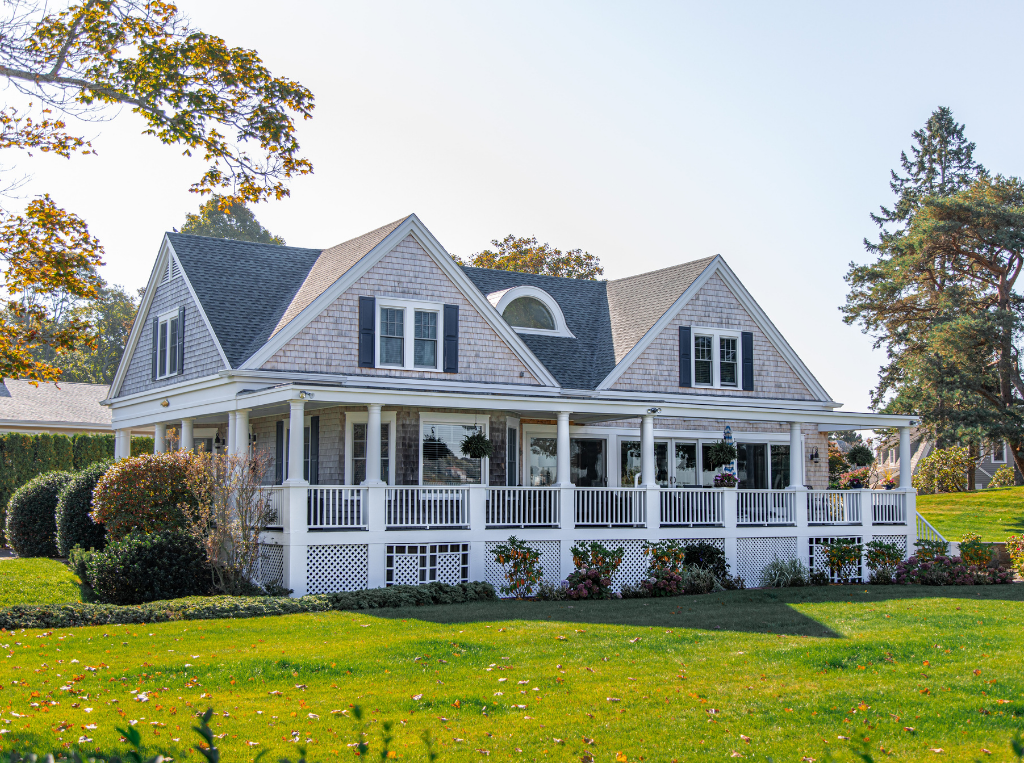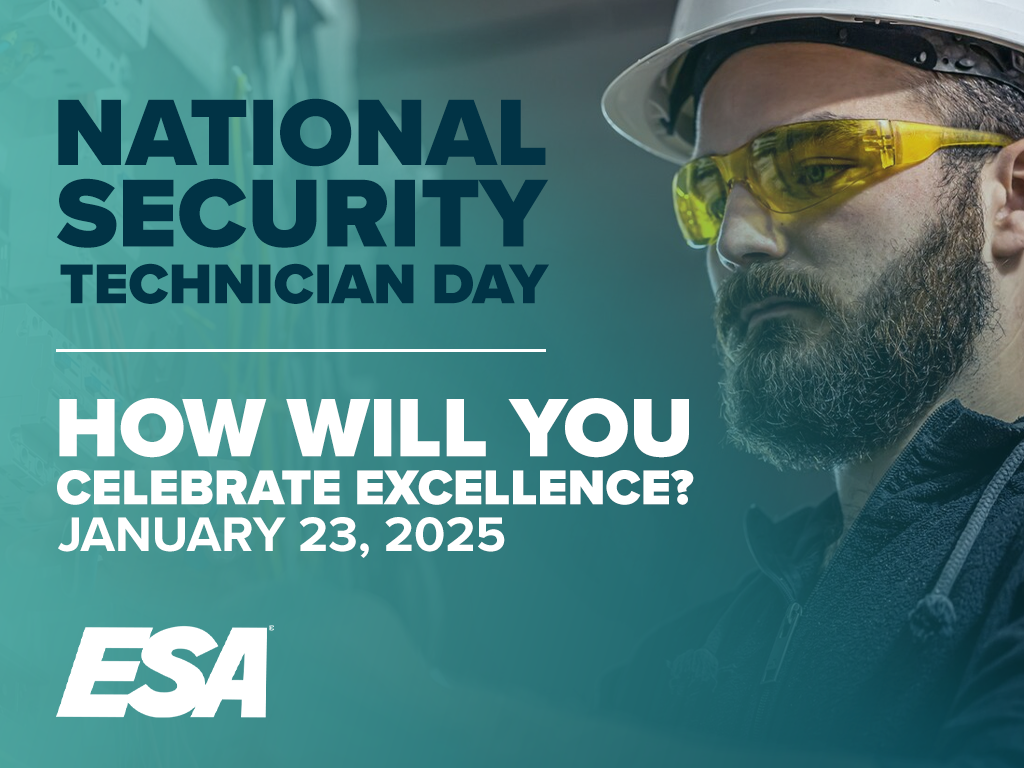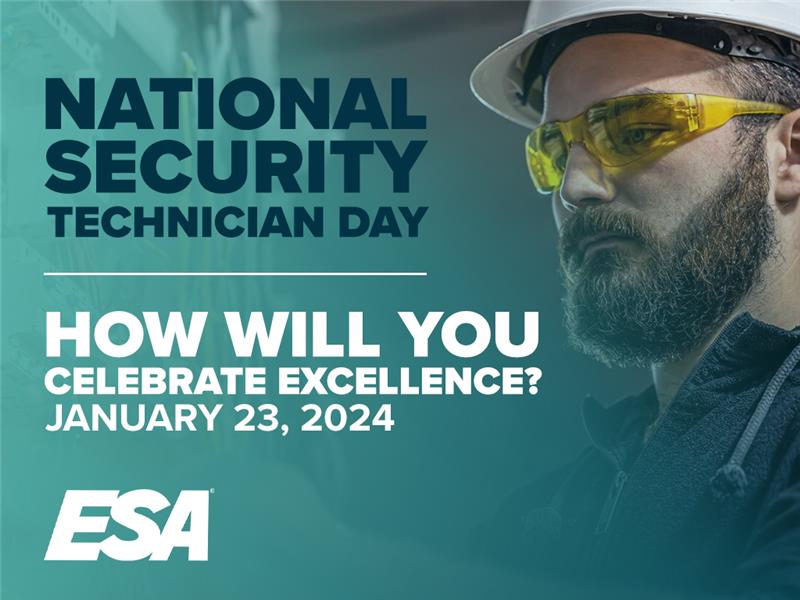Getting Real about Residential in 2021

The happenings of 2020 forced people to shelter-in-place, obey stay-at-home orders and even perform their regular work duties from home, inspiring creativity on the part of most who found solace in Zoom meetings, FaceTime and other technologies to stay connected to family, friends and co-workers in the comfort of their homes. While a vaccine for COVID has been approved and is being distributed, the outlook for 2021 — at least the first half — will be more time spent at home.
“A large swath of the America population is building and buying single family homes outside of core city centers for the first time in over 20 years,” Clint Choate, Sr. director – Security Market, SnapAV, explains. “Home builders are reporting record demand for new housing.”
Important to note and according to the National Association of REALTORS Research Group, in 2020, Millennials made up the largest share of home buyers. “This consumer group expects more technology for purposes of entertainment, safety and security, and other mission critical tasks, such as enabling the home office,” Choate says.
Continued use of installed technology and the purchase, installation and use of new or upgraded technology to stay connected, protected and safe within the home environment will stay on pace — and likely increase — in 2021.
“People are spending more time in their homes,” Alice DeBiasio, VP global product management, Security at Resideo, says. “People are investing in their homes more — from more technology and home automation adoption to home renovations.”
Therefore, we will see more “DIY” offerings — aka “plug-and-play” — introduced into the 2021 market to fulfill residential consumers’ wants and needs. This is not to discourage, but to inspire, as the typical electronic and life safety consumer places value on the professional approach. Even if a consumer chooses this type of technology, they will probably reach out to a professional for advice and installation.

“They [consumers] understand that, in the end, the results have a direct correlation to the investment,” Angela White, general manager at Central 1 Security, chair of ESA’s Executive Management Professionals and past ESA President says. ”That is not to demean the ‘DIY’er,’ but to recognize the value of the professional.”
Technologically, residential consumers are increasingly focused on safety, security and connection, which has increased the importance and power of video.
“People will continue to invest in video,” says DeBiasio. “In the smart home industry, demand for video today is what voice was five years ago. People are looking for that deeper level of connection and verification.”
Residential consumers crave information and data produced by their various connected devices, as it provides the verification and knowledge needed to make the proper decisions to live safer, more connected lives within and around their home. Integrators should focus on helping residential end users produce data by offering additional technologies that enhance video.
Steve Paley, president and CEO of Rapid Security Solutions, LLC and ESA Executive Board member suggests offering “surveillance and integrated analytics, in conjunction with remote monitoring via drones and other technologies to secure specific, vulnerable property areas.”
With connection being a huge goal of residential end users, clear, efficient and effective communication between people, technology and devices is necessary.
But, communication is changing. Using home alarm systems as an example, traditional phone lines for communications into and from homes will continue to be rapidly phased out.
“This brings the opportunity of using alternate forms for communications to monitor security systems, such as radio and cellular transmitters, and the challenge to verify alarm signals by contacting owners’ cell phones,” Tim Creenan, owner and CEO of Amherst Alarm, Inc. and Executive Board member explains. “Many times, because of telemarketers, people do not respond to Caller ID numbers they are not familiar with, so using text messaging will grow as a new method for this.”
Residential consumers are increasingly focused on safety, security and connection, which has increased the importance and power of video.
Communicating with their smart home, residential end users rely on virtual assistants, like Alexa, as opposed to manual communication, to arm home alarm systems, open and close curtains, or set/alter thermostats.
“Virtual assistants are the norm and will continue to shift customers’ buying patterns as they connect to more and more smart devices throughout the home,” Ricky Sevta, chief revenue officer, simPRO, says. “This creates a growing but very competitive market to fulfill the demand for safety and security.”
And, as more and more devices are connected within the home, DeBiasio mentions that open ecosystems and interoperability will continue to be important, as well.
As a result, capturing the 2021 residential consumer will require offering consumer-appealing technologies and services, and incorporating a contract.
“For those who have a high margin of residential clients, understand that this consumer is purchasing on ‘I/we want this,’ so offer services that are sticky and ever evolving, the ones that the end user cannot imagine living without,” White says. “Maintain consistent contact with new offerings so they [consumers] do not look elsewhere for the latest and greatest widget — and make certain you have a solid contract that you are willing to enforce.”
Catching the eye of the residential consumer will also involve pros interacting and communicating differently with homeowners.
“It’s about engaging with the consumer on a different, deeper level,” DeBiasio says. “It’s about the care you demonstrate as you are in their home during a consultation and installation. It’s the support you offer if there is an issue, and it’s asking the consumer how they will be most comfortable interacting with you — whether it’s getting them familiar with products via video conferencing calls or in person.”
At the end of the day, it is the professionals residential end users will rely upon, for safety, security — and for privacy and data protection in 2021.
“Professionals have the strength, skill set and experience to fill a void in the marketplace to become the trusted advisor for homeowners looking to redefine what a safe, secure and fun establishment can be with the potential of today’s technology,” says Choate.




